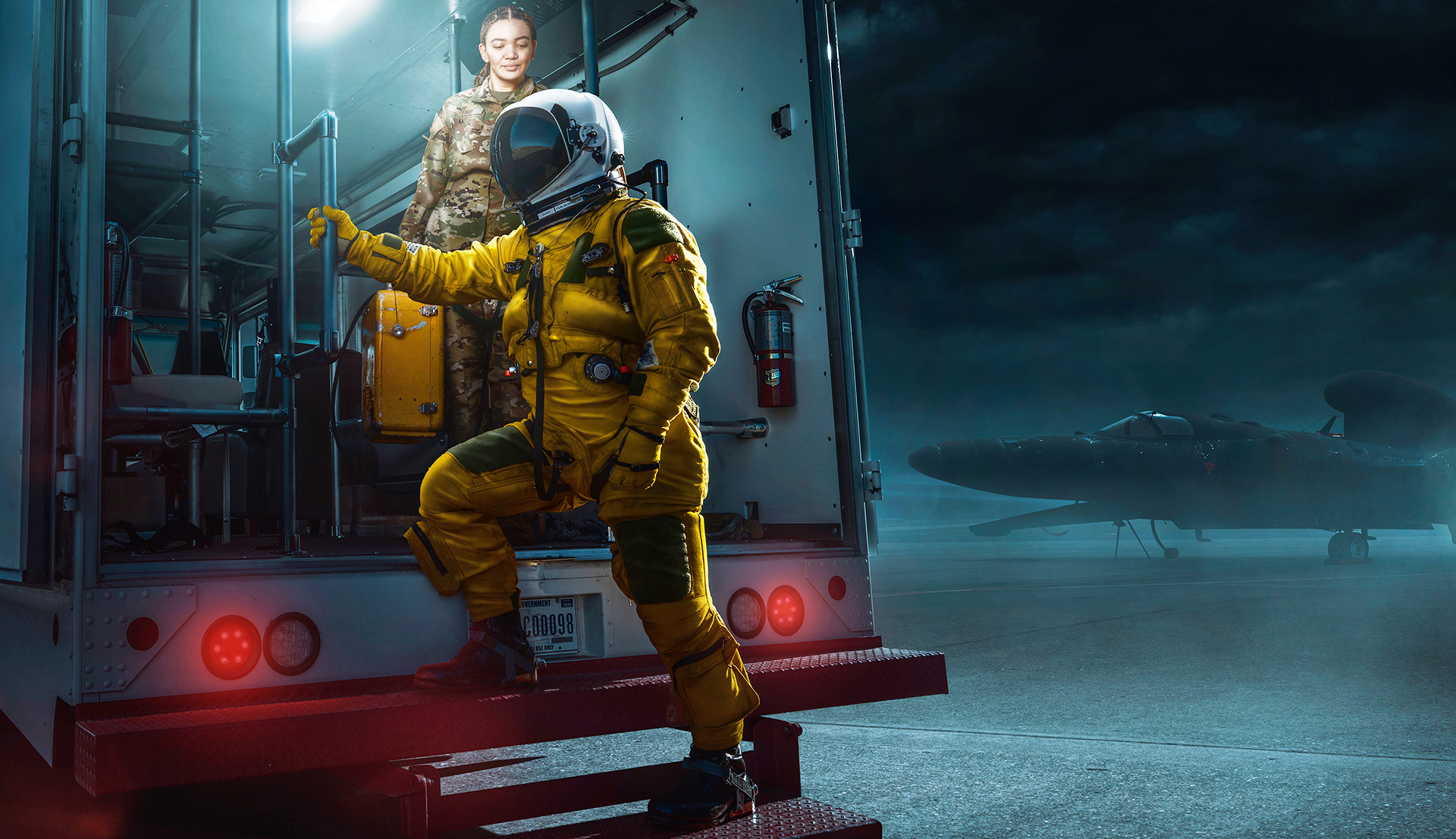As the U.S. Air Force’s U-2 Dragon Lady spy plane enters the twilight of its career, opportunities to get a glimpse into its critical mission and unique mode of operations are becoming increasingly sought after. In the past, TWZ has reported on civilian photographer Blair Bunting’s flight into the stratosphere in the cockpit of a two-seat TU-2S and the spectacular imagery he brought with him back to Earth. Now, Bunting has followed that up with an account of his preparation for that same mission, focusing on the life-support elements that are exclusive to the Dragon Lady.
Bunting’s latest account, which you can read in full on his website, brings to the forefront how the U-2 mission relies entirely on the pilot’s pressure suit, also referred to as the “spacesuit” — and the broader life-support equipment — to ensure its success.
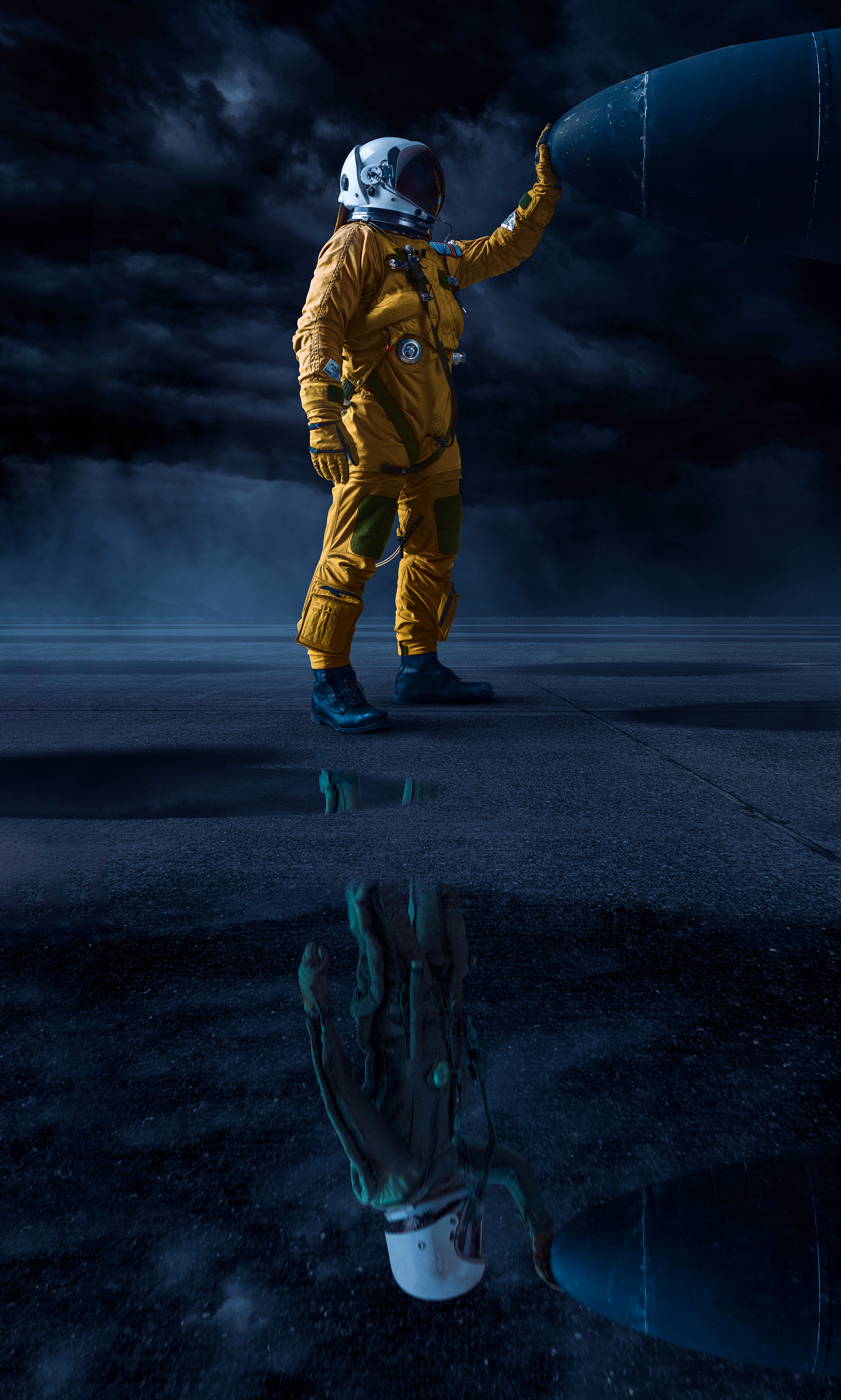
With a rare chance to ride in the cockpit of the U-2, Bunting became well acquainted with the workings of the Physiological Support Division, or PSD, as he went through the long preparations for his flight at Beale Air Force Base, California.
Eight months before the TU-2S lifted off with Bunting aboard, the photographer was at Beale, getting familiarized with the base, the squadrons, and especially the spacesuit.
“On the third day of my initial trip [to Beale], I was required to don the suit and sit for over an hour working through how to drink and eat, and what to do when I needed to go to the bathroom,” Bunting recalls. “I put on a brave face, but the truth is, I was scared shitless.”

As for the spacesuit — or full-pressure suit in Air Force parlance — this piece of kit really is remarkably similar in concept and design to those worn by astronauts. It is made of three layers of Nomex material and weighs 90 pounds.
The suits are provided in around 12 different sizes, based on pilot body size, and are further customized with adjustable panels in the torso, arms, and legs. Each Air Force U-2 pilot has two suits, and each one costs about $125,000.
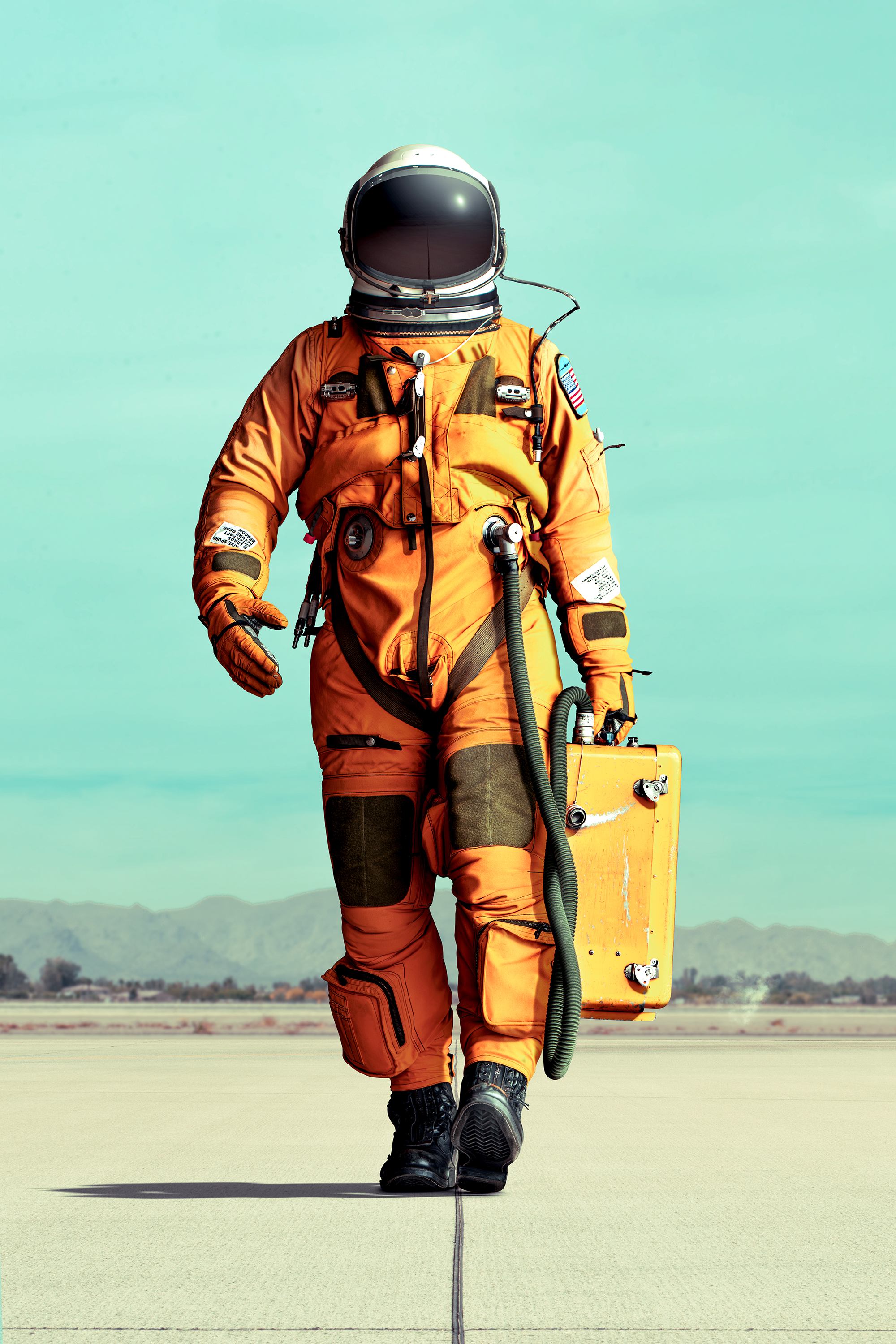
Flying in excess of 60,000 feet above the Earth, a loss of cabin pressure could be fatal for U-2 pilots, meaning ‘the suit is life’ and its upkeep is the responsibility of the physiological support division at Beale.
“If the cabin pressure fails, a controller on the suit will inflate it to an atmosphere of about 35,000 feet,” Staff Sgt. Craig Hawley, a launch and recovery supervisor for the 99th Reconnaissance Squadron, explained in a previous Air Force media release. “If that fails, a second system will inflate it to about 37,000 feet. As a last resort, the helmet will create an atmosphere of about 39,000 feet. That’s a high altitude, but it’s better than 63,000 feet where they can’t survive.”
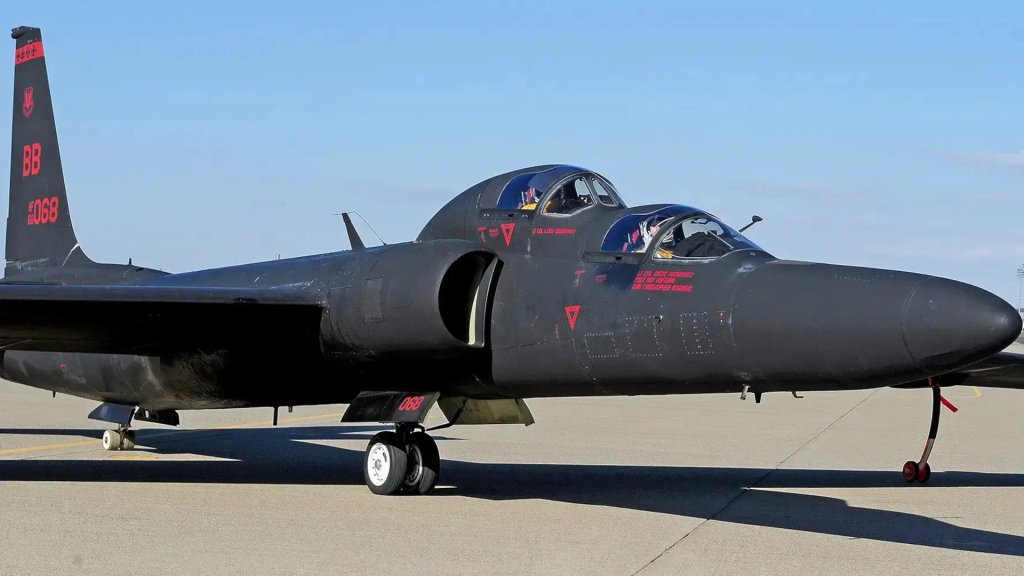
After all, at 63,000 feet, human blood will boil since there’s not enough pressure to sustain oxygen in the bloodstream. Nitrogen flows out of the solution, leading to decompression sickness, or ‘the bends.’
As well as the spacesuit, U-2 pilots also breathe 100% oxygen for one hour before the flight to try and rid the blood of most of its nitrogen, mitigating the risk of the bends.
“It was not on the flight, but rather the day before, as I was sitting in a pressure chamber testing my spacesuit one last time, that I realized how absolute my reliance on it would be,” Bunting reflects. “I was well aware of the extreme risk to anyone who had the misfortune of being ejected from a U-2. Yet, I took solace in knowing that because of this multi-layered suit, there would at least be a chance — although small — of survival should that situation become a reality.”
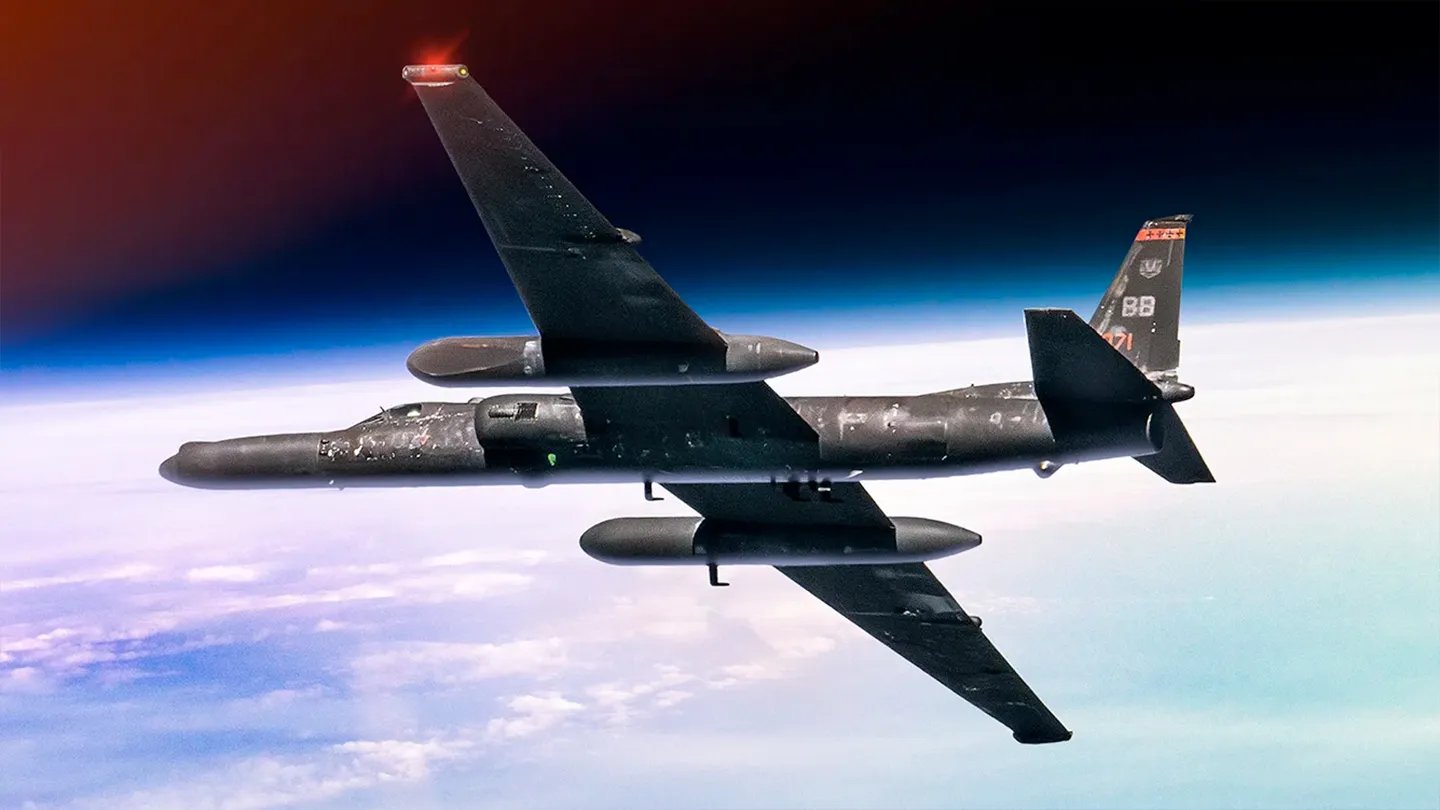
Other more mundane thoughts were running through Bunting’s mind at this point, such as what to do if his nose began to itch at altitude, with no way to get within the pressurized “glass fishbowl” encasing his head. Breathing exercises and mental meditations became an important part of his preparation to deal with these kinds of psychological stresses.
Meanwhile, Beale’s Physiological Support Division was responsible for preparing the suit, as well as the food and drinks, and would also be driving Bunting to the plane and strapping him into it, connecting his suit to the generators, and making sure the seal around his face was tight.
In fact, so impressed was Bunting with the PSD team that he returned to Beale six months after completing his photo-shoot flight.
This next assignment was all about recording the work of the men and women in the background of the U-2 enterprise, but without whom its mission would be impossible.
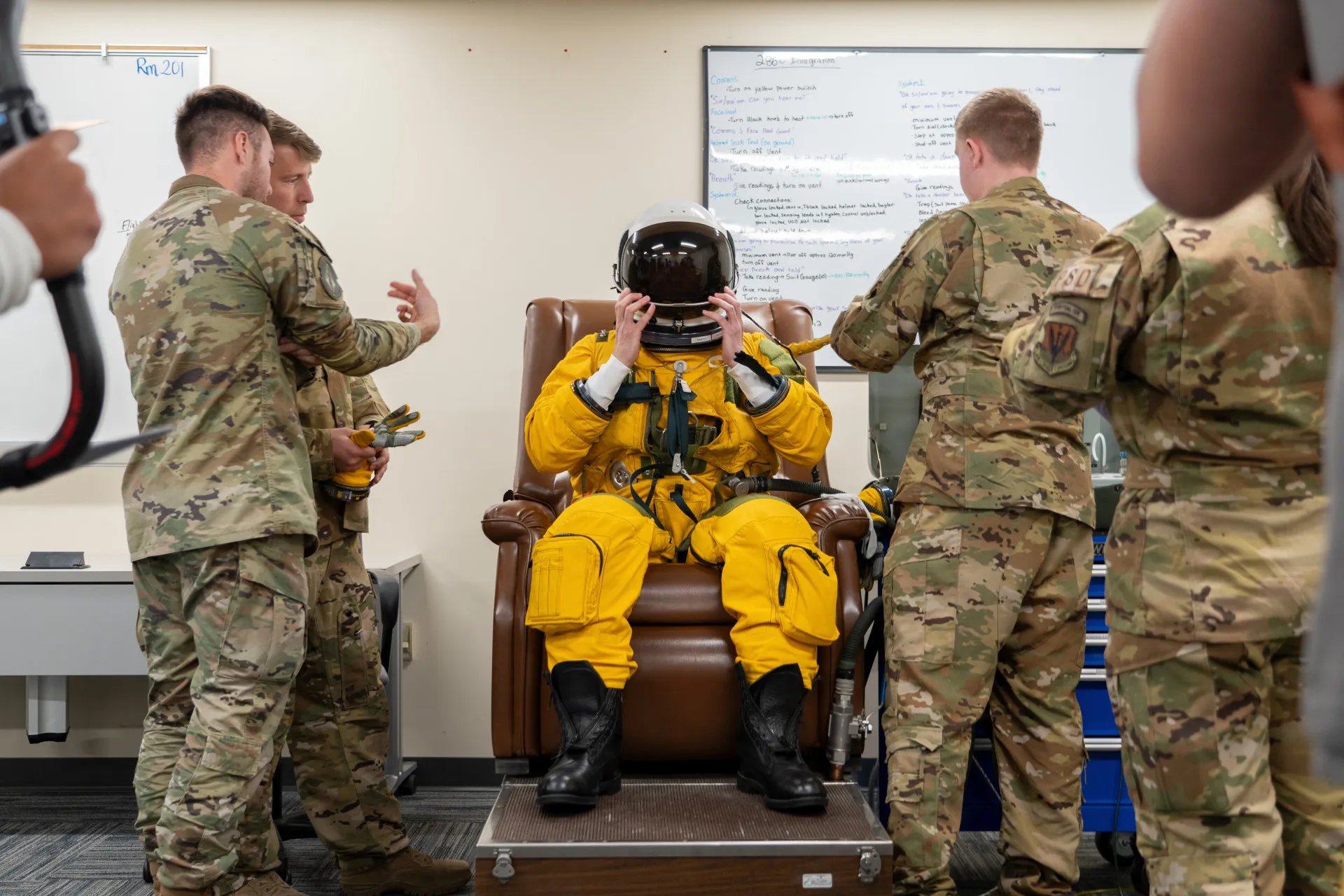
For this next photo-shoot, Bunting chose to document four of the key interactions that he had had with the PSD team in the run-up to the flight: pressure checks for the suit in the chamber, suit integration, the ride to the flight line, and stepping to the plane.
It’s in the chamber that the U-2 pilot starts to breathe the 100% oxygen, and it’s an impressive space by any measure. In a black-painted room the size of a house, concealed behind a foot-thick door, is a chair for the pilot. While being fed the oxygen from a yellow bottle, they are attended to by two members of the PSD team, wearing masks and helmets. The activity is observed from a control room, behind a thick pane of glass. In a stark reminder of the dangers of depressurization, a water bottle next to the pilot’s chair shows them how bubbles would course through their bloodstream, were the worst to happen.
As for the suit integration part, Bunting was limited here as to what he could photograph, due to operational security, but this portion of the preparation involves donning space underwear, of the crotchless type, to accommodate a catheter (or Urinary Collection Device). Next, actually getting into the spacesuit is a process that requires 20 people (plus a media team and assorted spectators from the base).
Entering the suit is a case of ‘diving’ into it, “folding forward and pushing my head into the main O-ring,” says Bunting. “While not visible from the outside, the feet are actually part of the suit and are then covered up by a secondary external boot.”
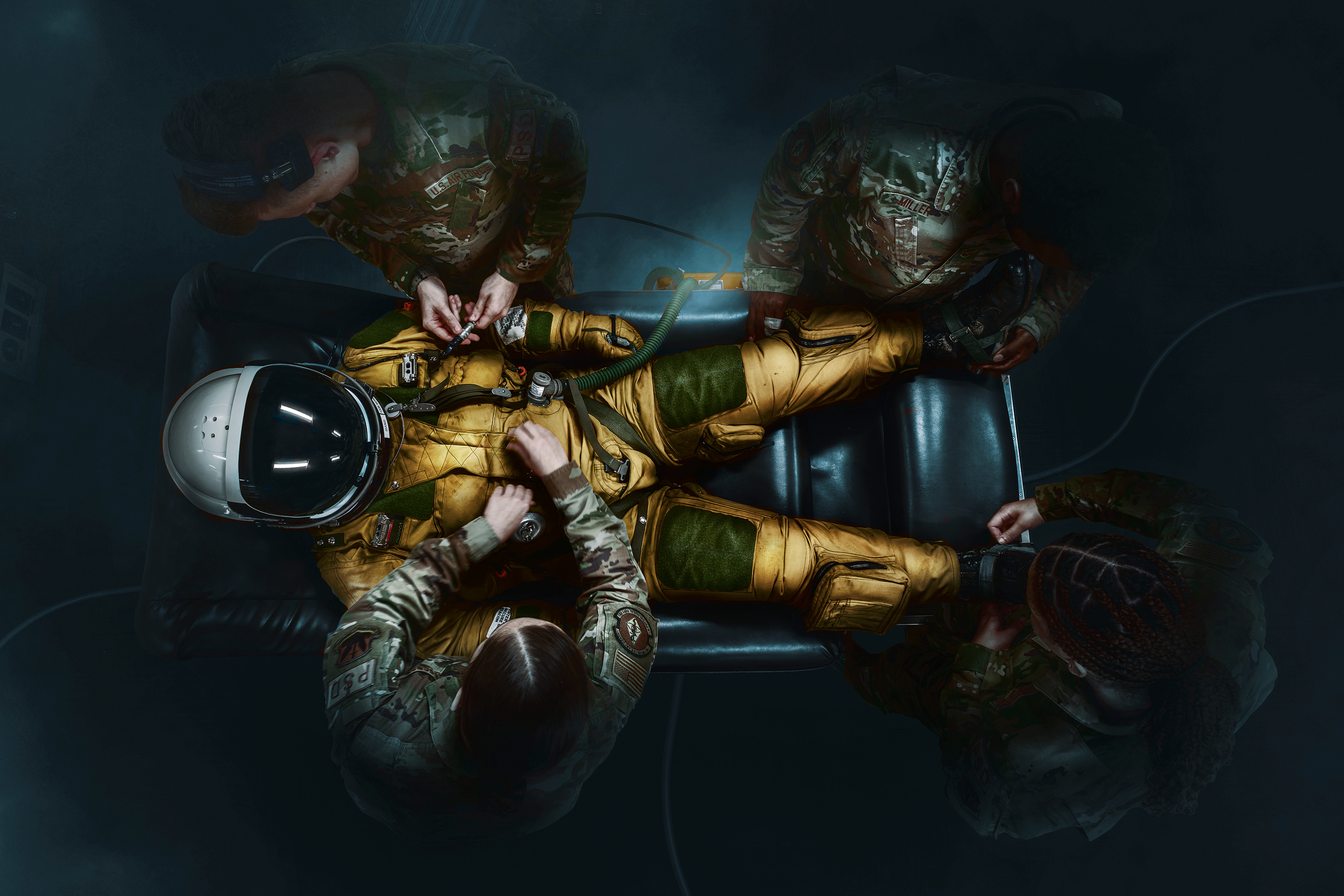
“Once you are zipped up (from the crotch to the bottom of the neck), you are walked to a chair that looks like a motorized La-Z-Boy on a platform. Along the wall are gauges, tubes, and headphones. On the armrests lay thin white gloves that will serve as a barrier between your hands and the suit itself. One of the members asks if you want your air conditioning tube on the top or bottom of your wrist.”
Next, the helmet is put it on and locked to the suit’s O-ring to the suit, then the gloves are slid on and attached to the suit, and the visor is closed.
“Things move quickly. The chair is promptly reclined, and five or six squadron members dive in, pulling and tugging on straps, running through checklists, taking oxygen measurements, and adjusting the suit,” Blair adds. “The realization hits you that the operating room you just entered is your own, and these people are here to keep you alive. It is as equally terrifying as it is inspiring.”
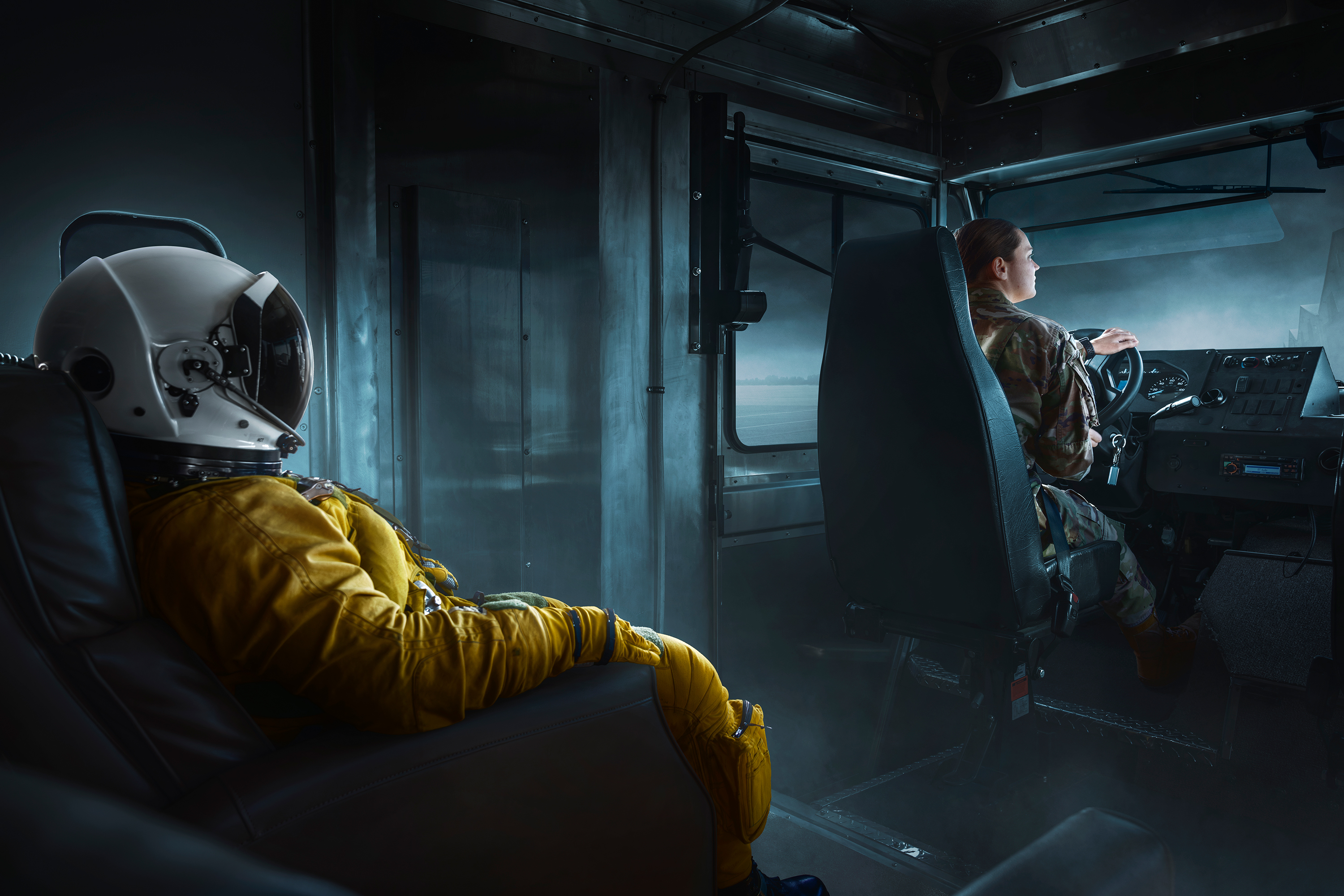
The next image shows the ride to the flight line, in a truck nicknamed the ‘bread van.’ The pilot at this point is still hooked up to the oxygen tank and the van has two more La-Z-Boy-style chairs for the pilot (or pilots, for a TU-2S mission).
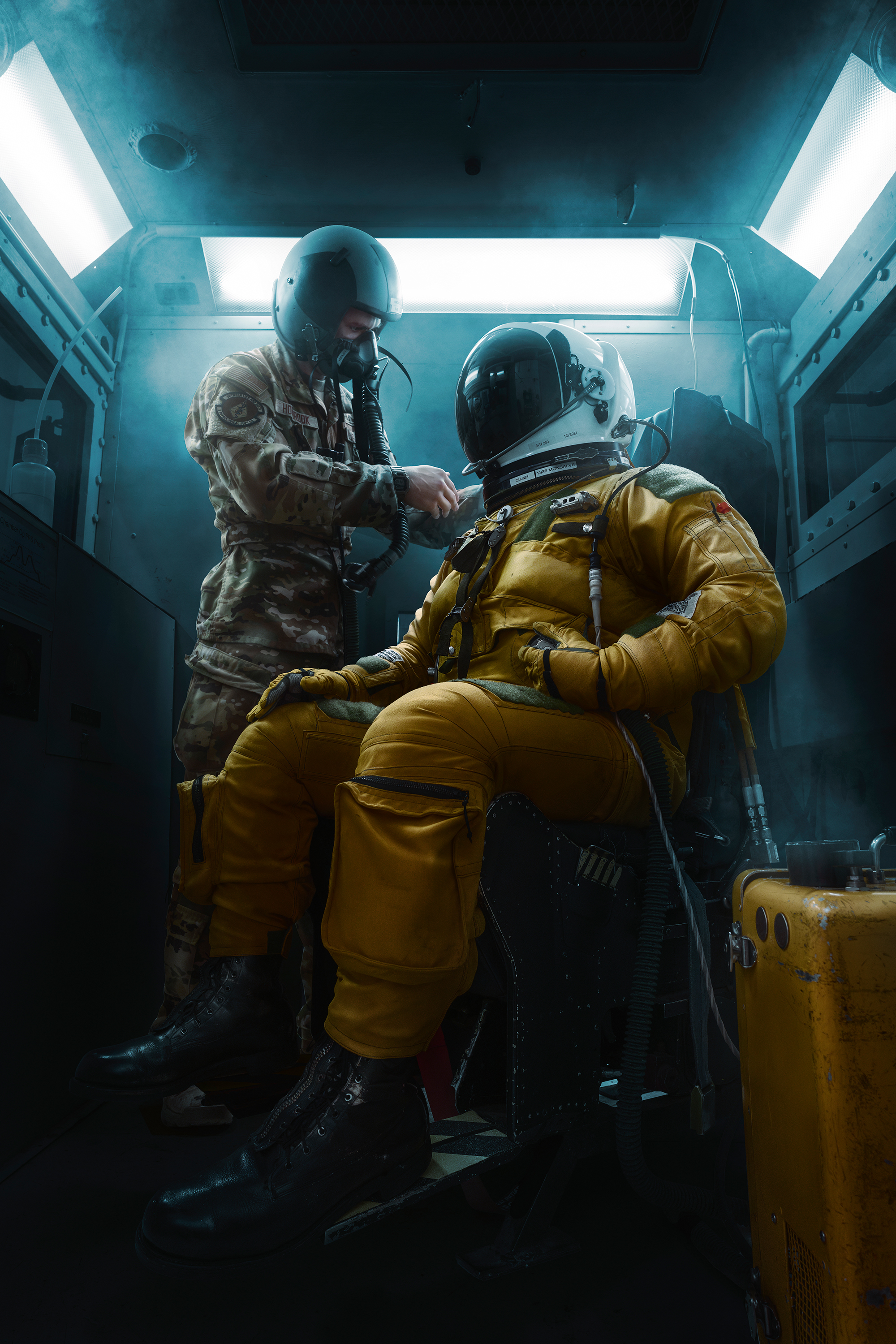
Finally, Bunting documented the walk to the aircraft itself. At this point, the truck drops the pilot off outside a hangar, in which ground crew are already busily getting the Dragon Lady ready for flight.
Understandably, Bunting’s return to Beale six months after his own flight triggered his own memories of the mission and his own ‘stepping to the jet’ for an unforgettable journey to the edge of space.
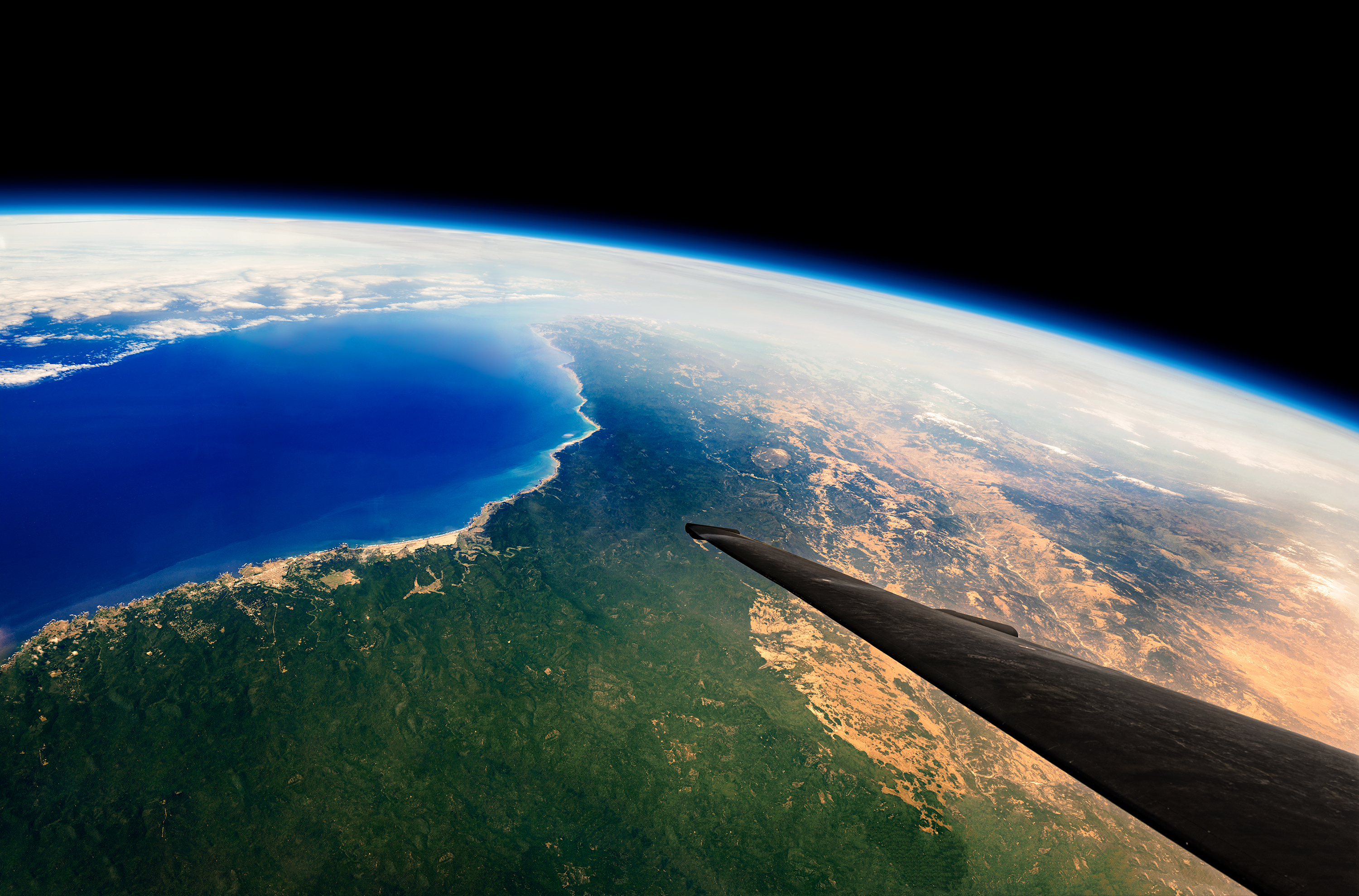
As for Bunting’s incredible flight, you can read more about that in his own account.
By any measure, a flight in a U-2 is a vanishingly rare occurrence for a civilian. Now, as the U-2 enters the end of its long service, such opportunities are only becoming rarer. With that in mind, it’s all the more fitting that Bunting has paid homage to the iconic spy plane in such a remarkable way.
Contact the author: thomas@thewarzone.com
